Rats
Did you know?
A rat can swim for three days before it drowns.
Explore Rats
Rodent Facts
- An adult rat can squeeze into your home through a hole as small as the size of a quarter. Rats can live for up to 18 months, but most die before they are one year old.
- Rats have strong teeth that allow them to chew through glass, cinderblock, wire, aluminum and lead.
- Smell, taste, touch and sound help direct them to their food sources.
- Rats are also responsible for spreading bubonic plague, also known as the “Black Death”. Although fleas are primarily responsible for infecting humans, they were originally infected with the plague by feeding on the blood of rats.
Rats are scavengers. They have an excellent sense of taste and a good memory. A rat can identify certain substances, including rat poisons, after just a tiny taste of it.
Norway Rats
The Norway rat is also called a “sewer rat”. Norway rats tend to be larger and more aggressive to animals, humans and each other than Roof rats.
- Size: 10″ to 12″ long
- Shape: Rat
- Color: Black
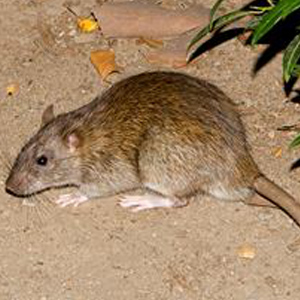
- Legs: 4
- Wings: No
- Antenna: No
- Common Name: Norway Rat
- Kingdom: Animalia
- Phylum: Chordata
- Class: Mammalia
- Order: Rodentia
- Family: Muridae
- Species: Rattus norvegicus
Diet:
Norway rats eat a wide variety of foods but mostly prefer cereal grains, meats, fish, nuts, and some fruits.
Habitat:
When Norway rats invade buildings, they usually remain in the basement or ground floor. They also live in fields, farms, woodpiles and buildings. Their nests are usually lined with shredded paper or cloth.
Impact:
These rats are known for the damage they cause by chewing on materials, urinating on food and eating stored foods. They have also been known to chew on wires, which can cause fires to start. They also carry disease and ectoparasites. Rats will also attack both animals and humans. Human babies and even adults have been killed in rat attacks.
Prevention:
- Rats will eat almost anything, so keep your homes clean and don’t leave food out.
- Make sure that your home and storage areas are clean and dry.
- Make sure that you clean your sheds, crawlspaces, and garbage cans often.
- Close up any small holes and cracks they can come in through.


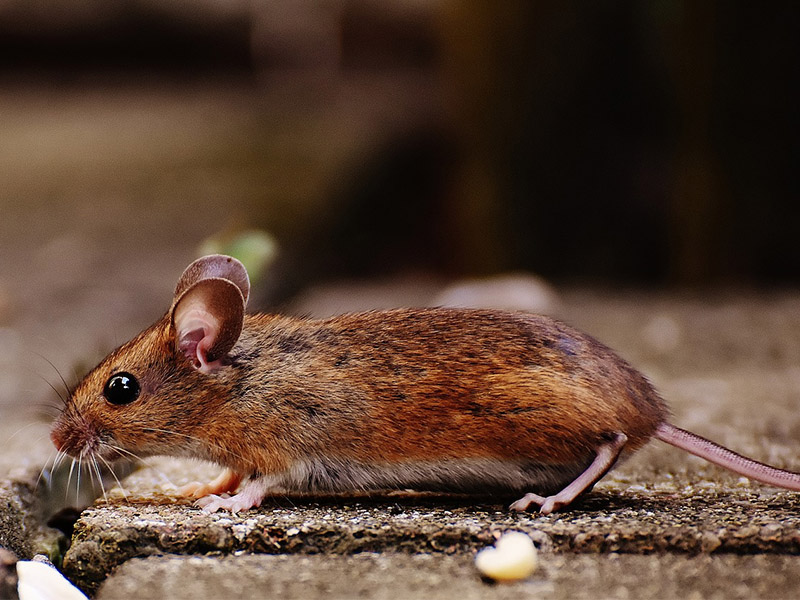
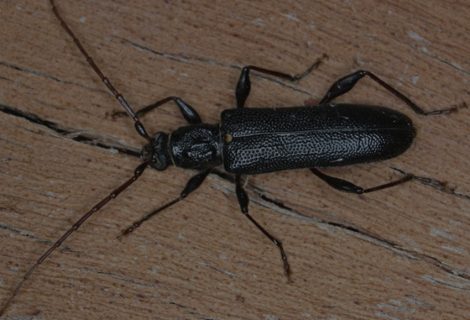
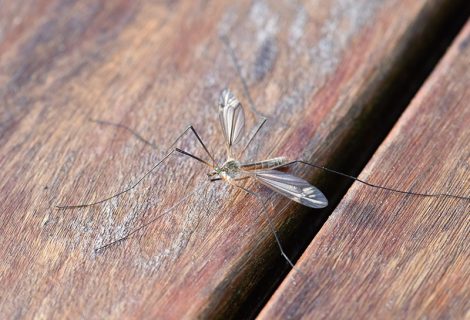
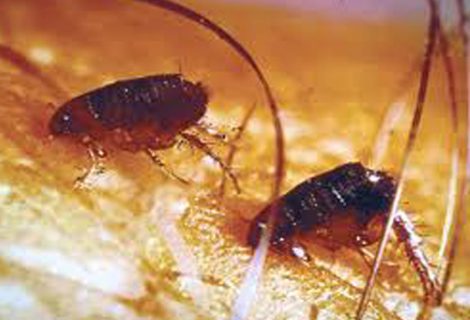
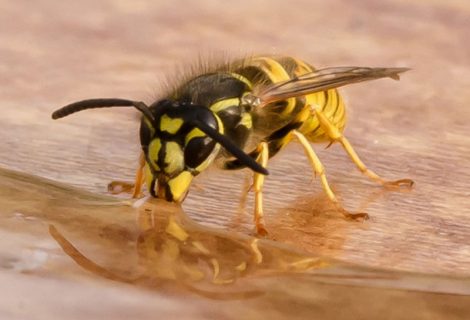
Recent Comments